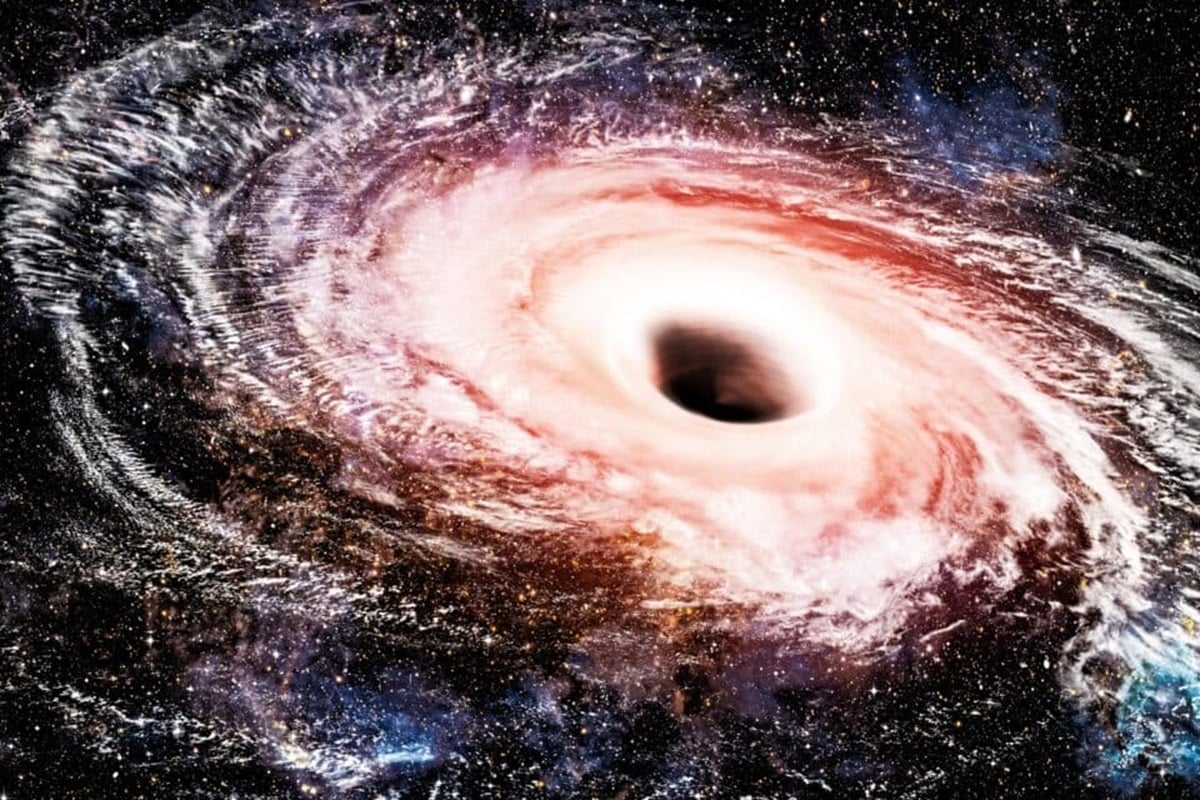Venturing into a black hole is akin to entering a cosmic point of no return, where the gravitational pull is so intense that not even light can escape its grasp. The event horizon marks this boundary, acting as the ultimate threshold between the known universe and the enigmatic interior of a black hole.

At the heart of a black hole lies the singularity, a point where density skyrockets to infinity and conventional physics breaks down. Approaching this singularity, one would experience spaghettification, the extreme stretching caused by the black hole’s gravity.
NASA’s visualization, spearheaded by Dr. Jeremy Schnittman, uses the Discover supercomputer to simulate the effects of a black hole’s gravity on matter and energy. This simulation offers a glimpse into two possible outcomes: being irrevocably pulled into the black hole or narrowly escaping its powerful pull.
The visualization illustrates the warping of light from nearby stars and the accretion disk, showcasing the profound implications of Einstein’s theory of relativity. If one were to cross the event horizon, they would appear to freeze in time to an outside observer, while meeting a swift end from their own viewpoint.
The concept of falling into a black hole captivates the imagination, offering a stark reminder of the universe’s vast mysteries. NASA’s simulation provides a valuable tool for visualizing the otherwise incomprehensible effects of a black hole’s gravity, bridging the gap between abstract theory and observable phenomena. Whether one meets their end within the black hole or escapes its clutches, the journey is a testament to the relentless pursuit of understanding our universe’s most enigmatic objects.
Leave a Reply